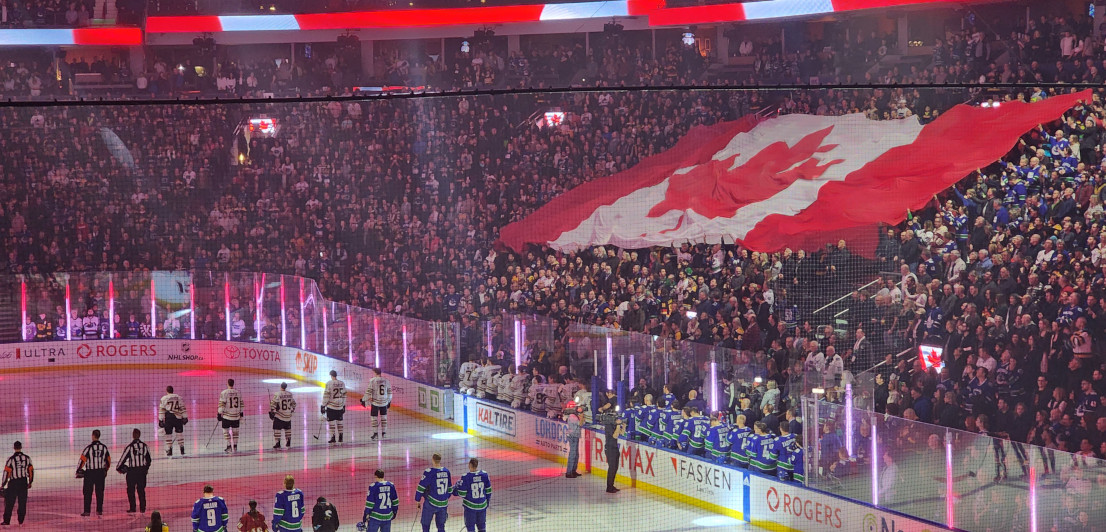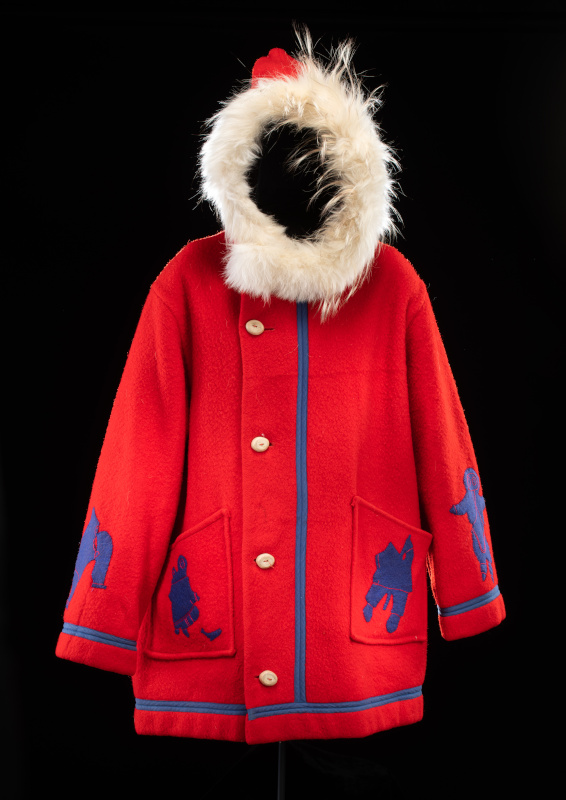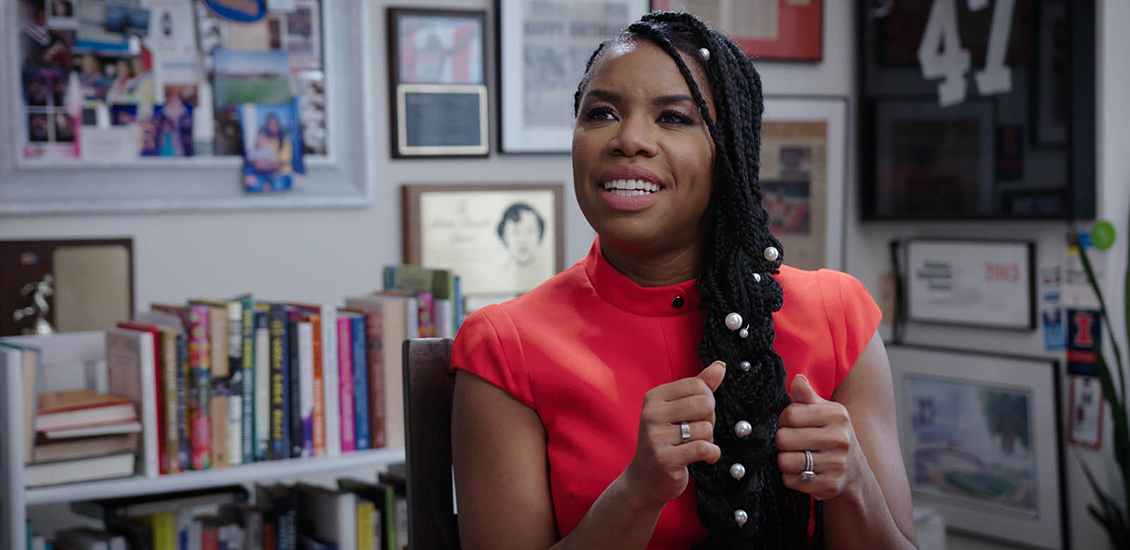Torches help signal the beginning of the Olympic Games. Months before competition, the flame is lit in Olympia, Greece. Torchbearers then carry the flame to the Olympic stadium in the host country, where they light the official cauldron. The flame burns until the closing ceremonies.
Although torches evoke ideas about the ancient world, they are a relatively new Olympic tradition.
Torches were first used at the 1928 Summer Olympics in Amsterdam, and the first torch relay took place in advance of the 1936 Summer Olympics in Berlin. Sports leaders saw the flame as a powerful symbol, linking the modern Games to their ancient origins. What is less known is that the creation of the torch relay was strongly linked to Nazism. The torch travelled through five countries, helping to spread racist ideas along its route. Following the Second World War, organizers of the 1948 Summer Olympics in London reimagined the torch relay as a tool to promote peace.
Here at the Canadian Museum of History we are fascinated by Olympic torches, because they spark broader conversations around sport and society.
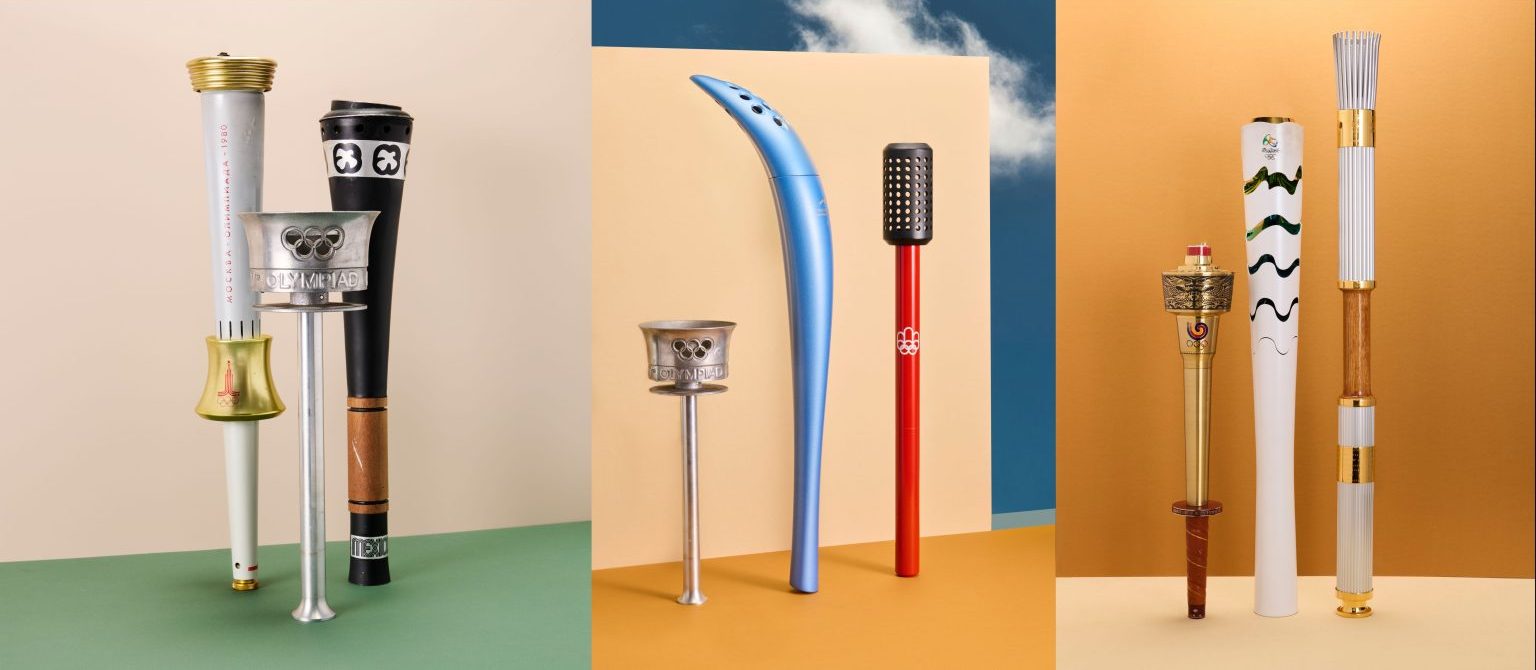
Olympic torches.
Photo: Nicholas Lafontaine/Canadian Museum of History
Torch Innovations
Canada first hosted the Summer Olympics in 1976. Montréal was selected as the host city. Decades later, the legacy of these Games is mixed. They are often remembered for poor planning, construction delays, and high costs. But the torch represented a bright spot.
By today’s standards, the 1976 torch relay was modest. It took place over five days and covered 775 kilometres, from Kingston to Ottawa to Montréal. Some 1,200 people volunteered as torchbearers and escorts.
Before the Montréal Games, Olympic torches tended to look more traditional — even old-fashioned. The bright red colour and sleek appearance of the 1976 torch challenged this custom. Designers Georges Huel and Michel Daillaire helped pave the way for the more attention-grabbing torches that are common today.
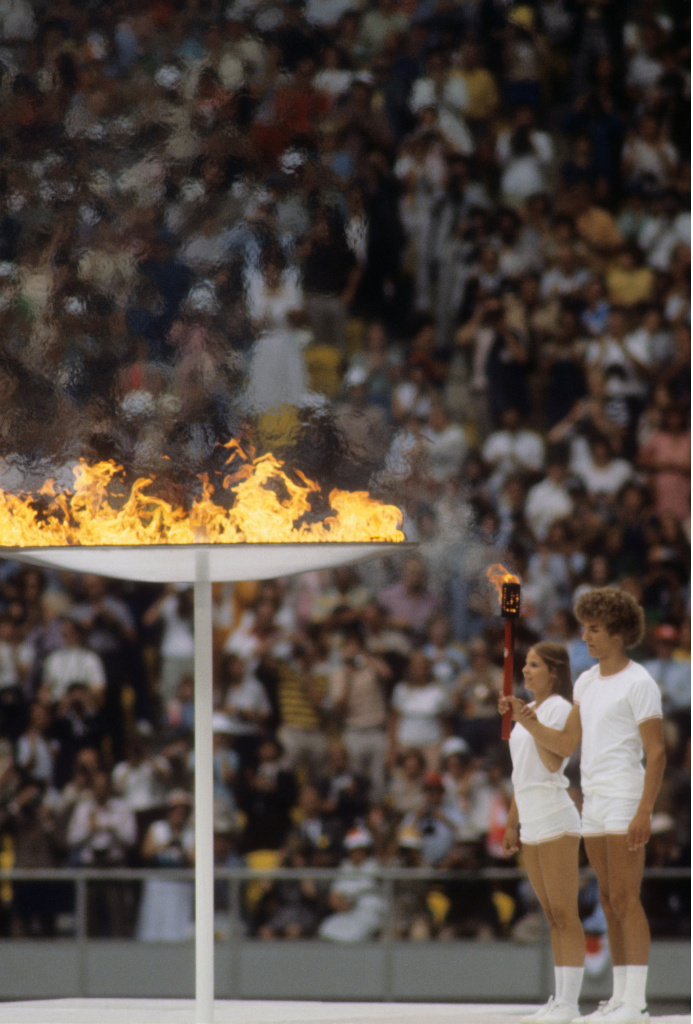
Torchbearers Sandra Henderson and Stéphane Préfontaine, during the opening ceremonies at the 1976 Summer Olympics in Montréal.
Photo: Jerry Cooke/Sports Illustrated via Getty Images
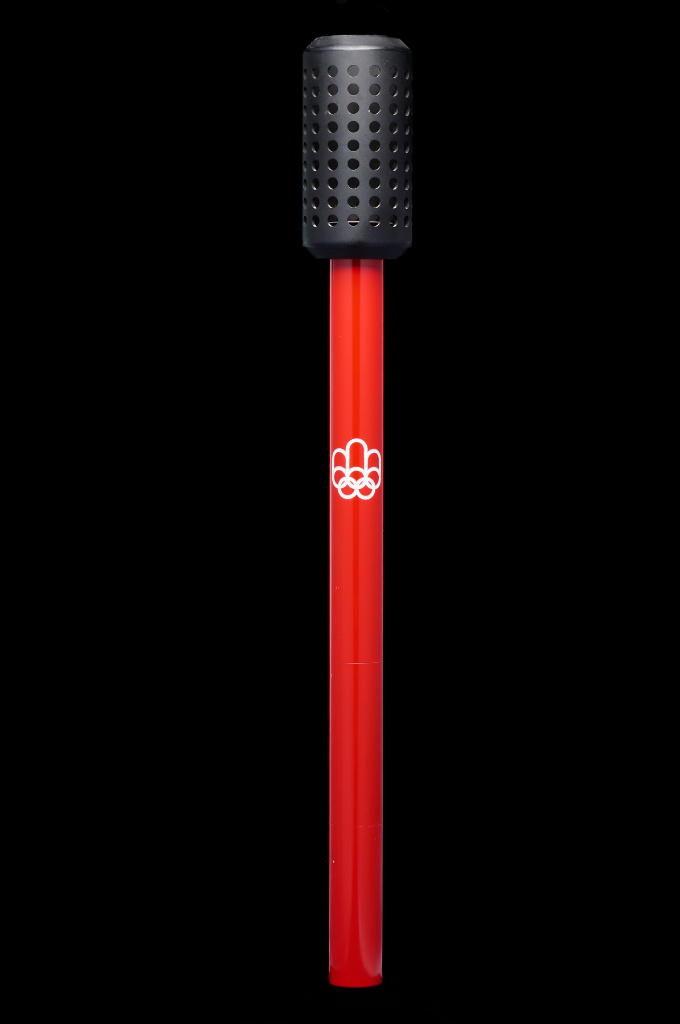
The Montréal 1976 Olympic torch.
Canadian Museum of History, 2021.126.4
Torch Routes and Resistance
Where the torch travels can be a source of civic pride. The 2016 torch for the Rio Summer Olympics, for example, travelled to more than 300 cities and towns, covering 36,000 kilometres and giving 90% of Brazilians a chance to see it. Along the way, the torch stopped at iconic beaches and world-famous landmarks, such as the Christ the Redeemer statue in Rio.
The torch relay can also attract protesters. Many people raise questions about the expense and the environmental impact of the Games. In 2016, a group of teachers stopped the Rio torch relay as a part of a work strike. At the 2010 Winter Olympics in Vancouver, more than 50 groups banded together under the umbrella of the Olympic Resistance Network.
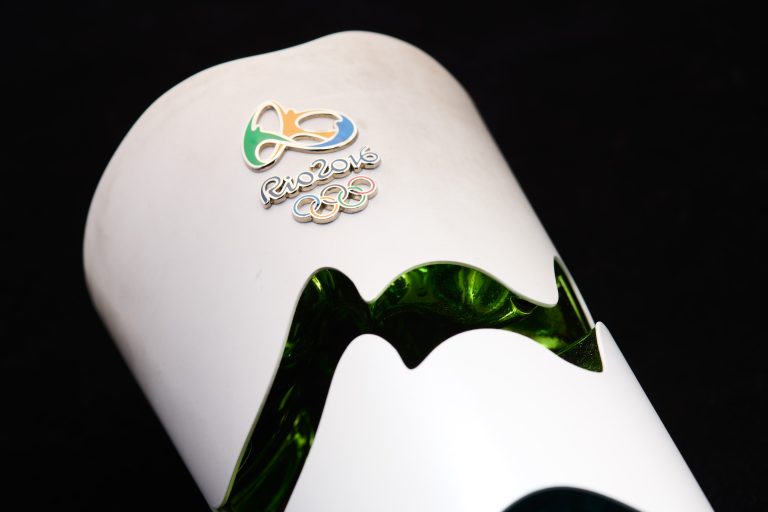
The 2016 Rio de Janeiro Olympic torch.
Canadian Museum of History, 2021.126.43.1
Torch Politics
The torch for the 1968 Summer Olympics in Mexico City is linked to the one of the most famous athlete protests in the history of the Games. It was the height of the Civil Rights movement and the Vietnam War, and protests were widespread in the United States. American sprinters Tommie Smith and John Carlos, along with other athletes in the Olympic Project for Human Rights, wanted to protest racism and poverty in a non-violent way. They considered boycotting the Olympics. Then they came up with another plan.
During the medal ceremony for the men’s 200-metre final, gold medallist Smith and bronze medallist Carlos bowed their heads and raised their fists. They wore black beads and black scarves around their necks. Australian Silver medallist Peter Norman supported the protest, wearing a patch from the Olympic Project for Human Right on his jacket during the ceremony.
In the aftermath of the protest, the American athletes were swiftly punished. They were suspended from the U.S. Olympic Team and kicked out of the Olympic Village. All three experienced personal and professional hardship in the decades that followed.
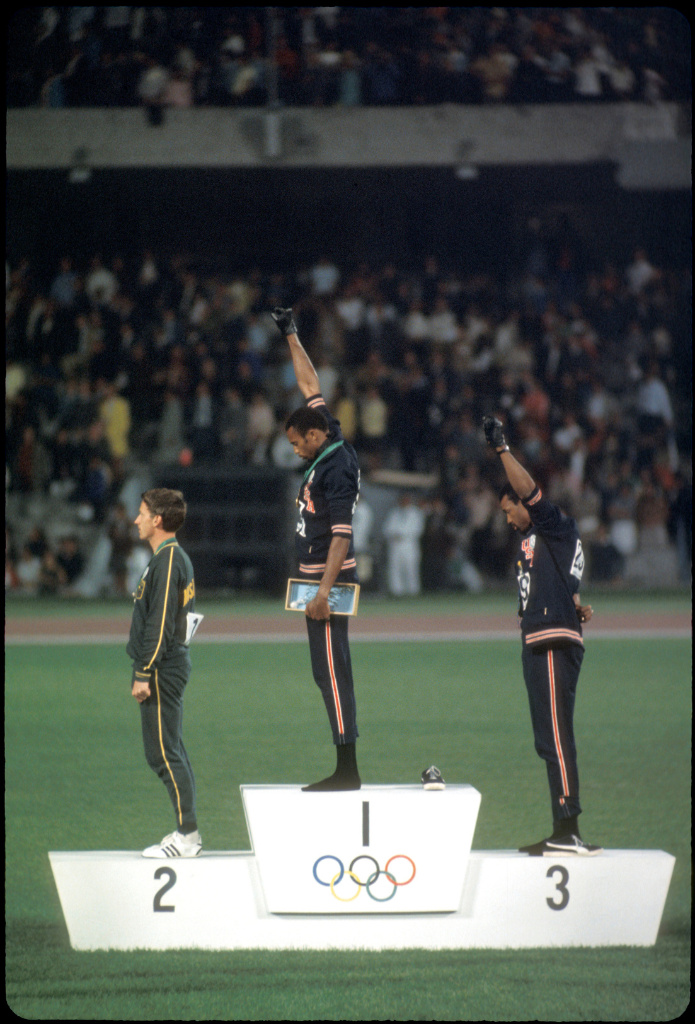
Tommie Smith (centre), Peter Norman (left) and John Carlos (right) protest during the 200-metre medal ceremony at the 1968 Summer Olympics.
Photo: Rich Clarkson /Getty Images
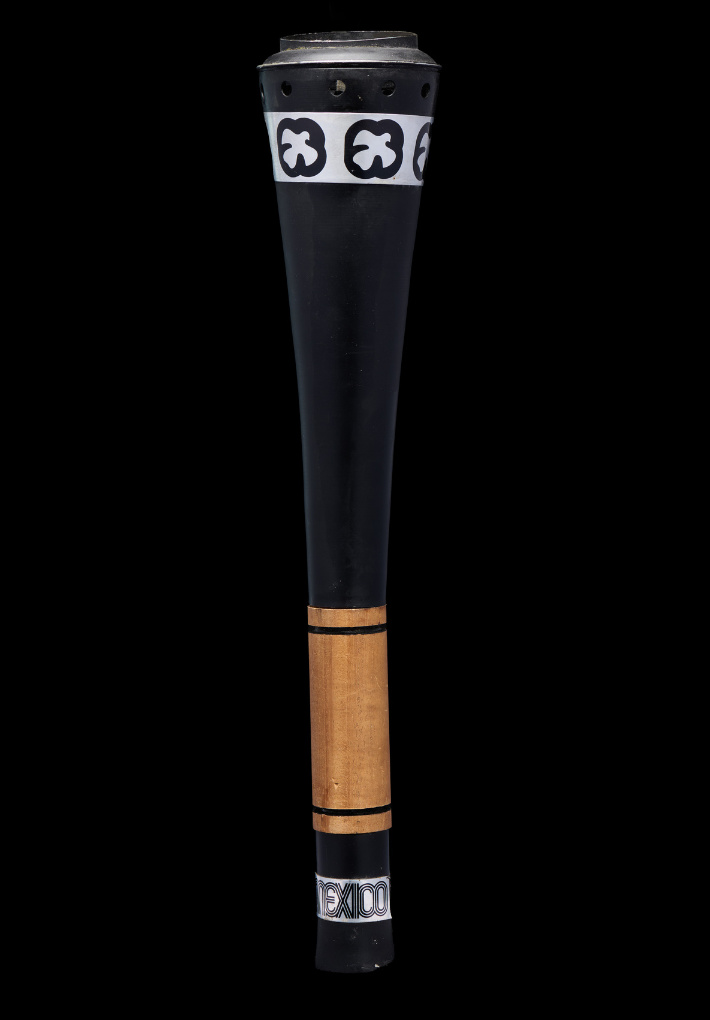
The 1968 Mexico City Olympic torch.
Canadian Museum of History, 2021.126.33
To Paris 2024, Milan 2026, and Beyond
Some believe that sports should be separate from political conflicts and social issues. But the same forces that shape history shape sport. Olympic torches are powerful symbols, because they connect us to major cultural moments and historical change.
As many Canadians turn to coverage of the Paris 2024 and Milan 2026 Olympic and Paralympic Games, we hope that they give thought to the torches and are inspired to learn their stories.

Maya Maayergi
Maya Maayergi is a graduate student in the Curatorial Studies program at Carleton University. Her research interests include the history of the Olympic Games.

Sarah Barnes
Sarah Barnes joined the Museum in 2023 as Curator, Sport and Leisure. She is a former Assistant Professor of Experiential Studies in Community and Sport at Cape Breton University, and holds an MA and a PhD from the School of Kinesiology and Health Studies at Queen’s University.
Read full bio of Sarah Barnes
